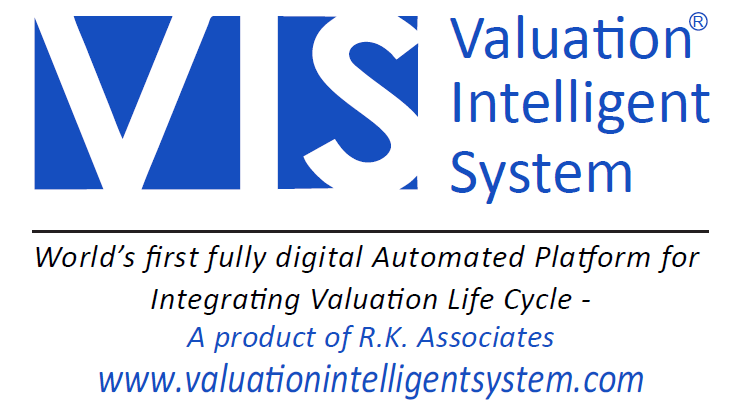X


Circle Rate
X


Circle Rate
X


Circle Rate
X


Building Bye Laws
X


Building Bye Laws
Schedule of Rates (Delhi) - Consolidated
Schedules of Rates (Civil)
Schedules of Rates (Electrical)
Plinth Area Rates
Specifications
Cost Indices
X


CPWD Schedule Of Rates
X


CPWD Schedule Of Rates
X


PWD Schedule Of Rates
X


PWD Schedule Of Rates
